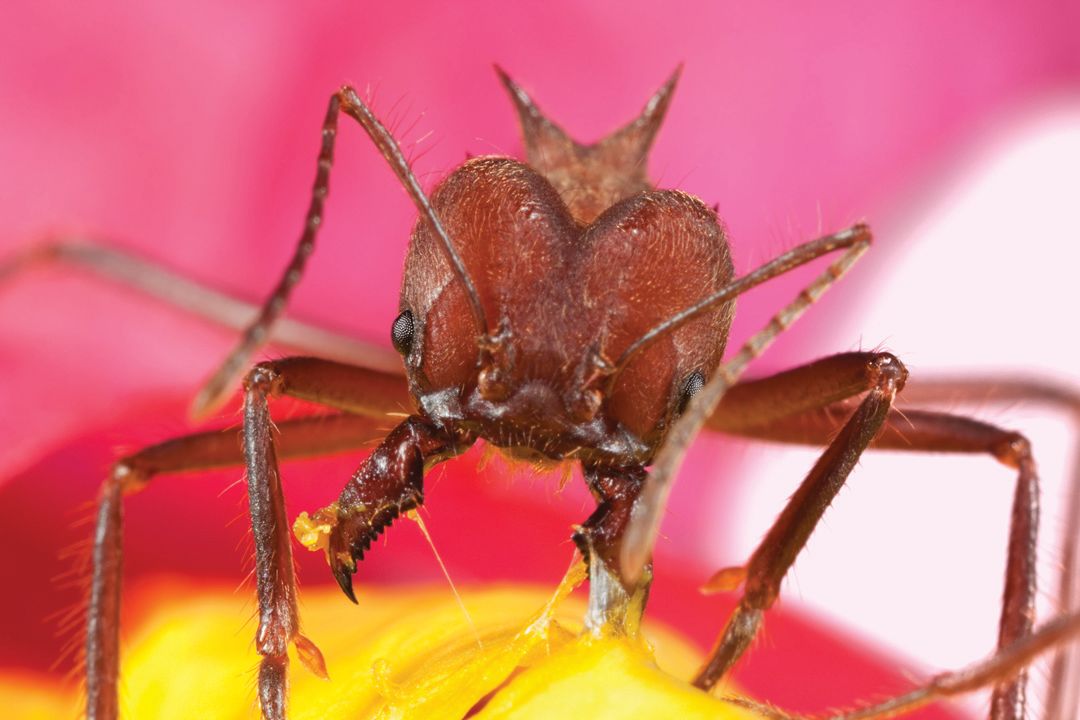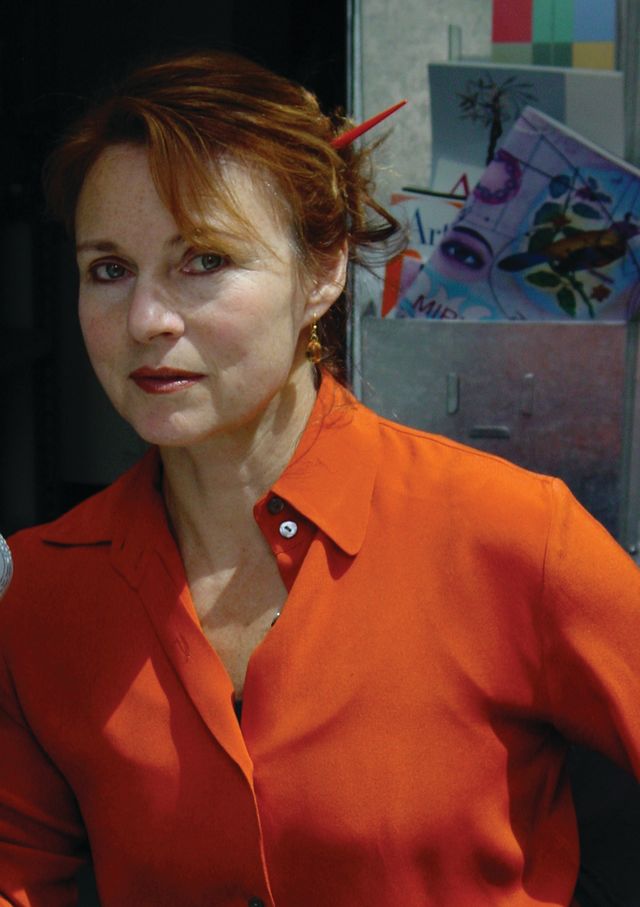This New Exhibit Brings Bioart to Anderson Ranch

Leaf-cutter ants from a video by Catherine Chalmers.
Image: Courtsey: Jody Guralnick
Last summer, local artist Jody Guralnick discovered an unusual medium: slime mold, known as Physarum polycephalum. While completing a residency at the School of Visual Arts in New York, she made a replica of the human vascular system out of the mold. The project fits into the emerging, and controversial, field of bioart—melding biology with art by using living tissues, bacteria, and organisms.
This summer, Guralnick is taking the idea one step further, growing the mold over a series of maps of the Aspen area. She hopes to shed new light on the naturally occurring patterns that exist in the fragile mountain environment. The mold is “tricky to work with,” admits Guralnick, as it takes on different appearances depending on where and how it is growing. But it awakened in her a desire to use bioart to investigate and emphasize the fragility of our planet, particularly in this time of climate change and science denial.

Local artist and A Tree Is Not a Forest curator Jody Guralnick
Image: Courtsey: Jody Guralnick
Her passion for this subject is clear in A Tree Is Not a Forest, the show she has curated for Anderson Ranch Arts Center; it opens August 15 and will remain on exhibit through the end of the month. Guralnick says that she “seeks to elucidate, celebrate, and clarify the mutuality and dependency” that exists between art and science. To that end, she invited five nationally known artists whose work merges those fields in a way that speaks to a sense of place and environment, a fit she thinks is perfect for the picturesque mountain setting of the ranch.
One of those artists is Catherine Chalmers, known for her provocative photography series Food Chain—stark images of creatures eating one another—who will share her videos of Costa Rican leaf-cutter ants. Suzanne Anker, who will moderate a panel discussion on the exhibit’s opening night, is chair of the fine arts department at the School of Visual Arts, where she created a lab so artists can incorporate scientific tools (e.g., microscopes) and techniques (e.g., plant tissue culturing) into their work. A pioneer in bioart, her own work ranges from terrariums to 3-D printings of growths in petri dishes.
Fred Tomaselli will exhibit some of the complex and detailed collages he constructs from natural materials such as marijuana leaves, while Pam Longobardi will share pieces made out of beached plastic waste from her Drifters Project, which works with local communities around the world to remove and reappropriate sea trash. Guralnick herself will share a commentary on seed saving, plant extinction, and the current state of our landscape that’s embodied in a tabletop installation of local plants and mushrooms preserved in porcelain and wax.
The exhibit’s last component is a set of “living” dirt and grass armchairs by the Italian design collective Nucleo that was installed on the ranch’s grounds in early summer; it makes a fitting spot in which to sit and contemplate a literal and figurative correlation between art and the natural world. andersonranch.org













































